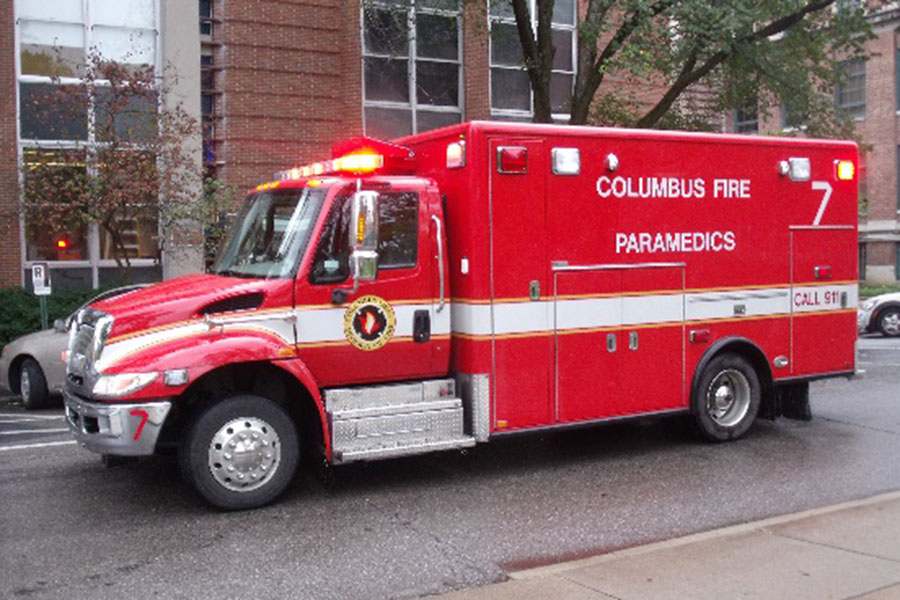It is important to obtain and review medical records from the ambulance crew and emergency department in burn cases. The first responders will obtain information about the details of the fire, injuries and medical history. This information is needed for management of the injuries. Demographic data such as height, weight and age are important. The pre-burn weight is used to calculate fluid and medication doses. It may be documented in the medical record as “dry weight.” A detailed description of how and when the burn occurred and medical history should be documented. This information may be obtained from family members or witnesses if the client is unable to speak or is confused.
Treatment in the first hours after a burn injury can mean the difference between life and death. It may be surprising to learn that treatment of the burns is not the first priority of care. Immediate care begins with the maintenance of respiratory function. In our case study, Mr. Smith was at risk for inhalation injury because the fire occurred indoors. Carbon monoxide is released in the process of combustion and leads to decreased oxygenation. If the neck or chest area is burned it can restrict the movement needed for breathing. Burns of the head, face and neck are high risk injuries. Sometimes soot can be visualized in the oral/nasal passages or the client may be hoarse, indicating respiratory injury. Most clients are heavily sedated and intubated quickly when an inhalation injury is suspected before airway obstruction can occur. They are then connected to a mechanical ventilator and the oxygen level is monitored carefully. At this point, the client will be unable to speak and provide information.
Restoring fluid balance is the second priority of care because there is a massive capillary leak that occurs after major burns. This is sometimes referred to as “burn shock.” The rapid infusion of IV fluids is referred to as “fluid resuscitation.” The emergency personnel will try to establish IV access as quickly as possible. A urinary catheter is also placed to monitor urine output. The amount of fluid infused is calculated using a formula based on the client’s weight and percentage of body surface area burned. Baseline lab values will also be obtained in the initial stage of burn treatment and will be monitored throughout hospitalization. Nurses can help to interpret lab values and explain them to attorneys.
Pain management is the next priority of care if there is no blood loss. The pain experienced by burn clients is managed with medication, often narcotics initially. Wound care is not the first priority but wounds are cleansed and covered to prevent infection until the patient is assessed by a specialist in burn care. In cases of extensive and severe burns, the patient will be transported to an American Burn Association Verified Burn Center. The treatment of burns will be discussed in the following section.
This month we are discussing Burn Injuries. The blog topics for this month are:
- Case Study: Burn Injuries (3/4/16)
- Burns: Initial Treatment (3/11/16)
- Burns: Long Term Treatment (3/18/16)
- Burns: Complications (3/25/16)
Note: To see all posts in this topic, click here










